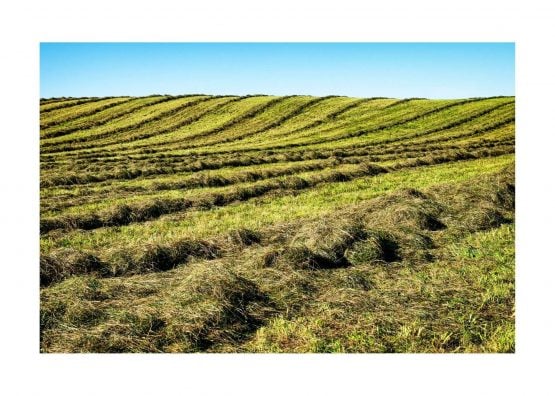Agriculture grows world wonders
Here is my list of the top four most unique agricultural experiences in my life.
Read MoreHello, everyone!
In a year with a lot of uncertainty, negativity and unease, I hope you are able to take a minute to reflect on the positive things that have happened in 2021. Let’s be thankful for our friends and family, a successful harvest (big or small), and for what we already have.
As I was thinking about a topic for my column this month, I considered the supply-chain disruptions to agriculture (and life), the effects of COVID-19, inflation and a variety of other topics that have already been covered ad nauseum. I think I am safe to say that we are all exhausted from those topics, and the stress that comes with them. I know going into the holiday season has only amplified that stress, so I am not going to add to it. So instead, I am going to talk about one of my favorite subjects — hay.
Depending on your location in Trumbull County, it was a challenging year to make hay. Some locations had heavy rain on a regular basis, and other areas had long periods of dry weather that were perfect. Taking my own advice, I am reflecting on the positive for the hay season — hay was made. Some hay was made at the perfect maturity, moisture and no weeds. Other hay was just the opposite.
When you are buying hay, you can get a pretty good idea of the quality based on the physical appearance of the hay. You can lump the hay into good, OK or poor categories based on the color, smell and feel of the bales. This will work most of the time, but if you are looking to tailor a nutrition program for livestock, you will need more than the physical appearance of the hay.
Forage or hay testing is the best and only way to know the nutrient value of hay. This analysis will typically provide data about the fiber and protein content, feed value and more. You can then use this data to determine how to incorporate hay into a feeding program.
You may hear some folks use the term “better than a snowball” when it comes to hay. By this they mean that any hay, even poor quality, is better than no hay at all. While this may be true, it is not the best-case scenario. While it is possible to feed low quality hay without harming livestock, it may not provide all the nutrition needed for your animals. This is especially true for pregnant or lactating animals. If you do have low quality hay, knowing the exact nutritive value will allow you to supplement with grain or minerals to provide a good feed ration. There are many cases where animals starved to death with a full belly because low-quality hay was not supplemented to meet the needs of the animal.
How to test hay
Hay testing sounds more difficult than it really is. Basically, you take a sample of hay from 15 to 20 bales (small squares), or a good representation of the field if they are round bales or big squares, and send it off to a lab. To obtain a sample it is ideal to use a hay probe, especially for large square or round bales, but probes are not cheap and not everyone has one. You can borrow a hay sampling probe from our office, but for small square bales you can also reach into the bales and pull out a handful of hay without a probe.
Once you get a good representative sample of the hay, you will need to send it to a lab. There are a variety of testing labs available — Penn State, A&L Great Lakes, Holmes, Equi-Analytical to name a few — and they all will have different sample submission requirements. Be sure to pick a lab before you take a sample to make sure you prepare the sample correctly.
One deciding factor for choosing a lab will be based on what information you want to receive. For example, if you have a horse with Cushing’s, you will want to make sure the the analysis will provide carbohydrate information. Most labs will provide the basic information (TDN, protein, ash, RFV, etc.), or they may have a testing package specific for small ruminants, dairy or equine that is offered. You should expect to pay between $20 to $100 for a hay test depending on your needs.
If you have any questions about hay quality or testing, feel free to call me at 330-638-6783. Also give me a call and I’ll reluctantly answer your questions about the supply-chain issues or inflation in the agricultural sector. Just kidding, I will happily complain about high fertilizer and equipment prices to anyone that wants to listen.
Take care, and stay healthy.
Submitted by Lee Beers, an Agriculture and Nation Resources Educator for OSU Extension, Trumbull County. He can reached by email.
OFBF Mission: Working together for Ohio farmers to advance agriculture and strengthen our communities.


Here is my list of the top four most unique agricultural experiences in my life.
Read More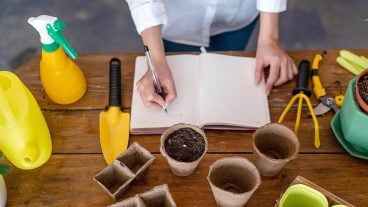
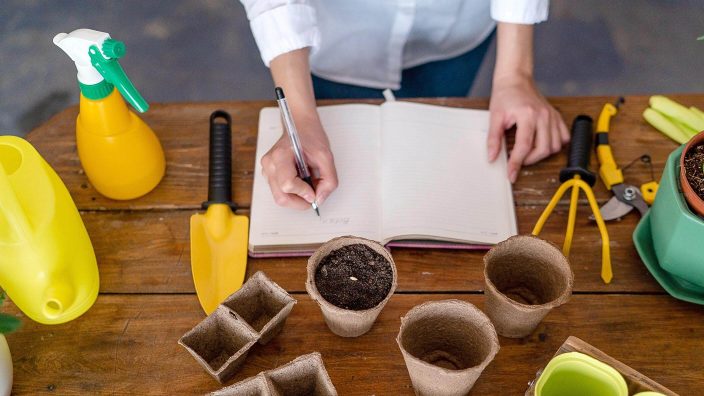
A gardening Q & A related to planting date, fertilizer recommendations and other general gardening questions.
Read More

There is a lot of helpful information on the Trumbull County Auditor’s website to help you understand what is going on.
Read More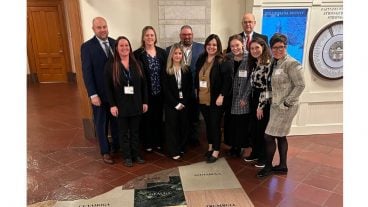
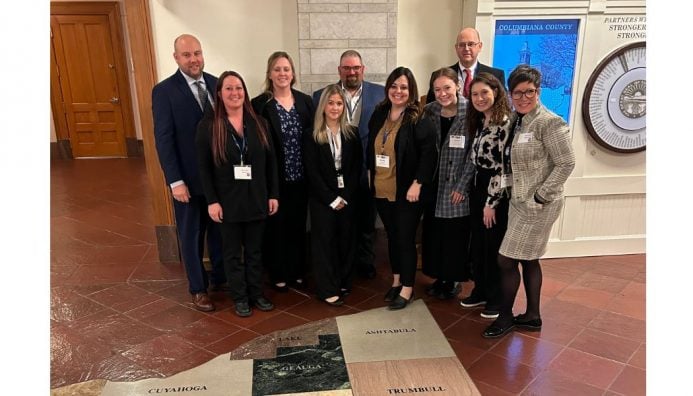
The presence of hundreds of farmers in downtown Columbus, filled with determination to advocate for their livelihoods and communities, served as a powerful reminder of the importance of our grassroots efforts.
Read More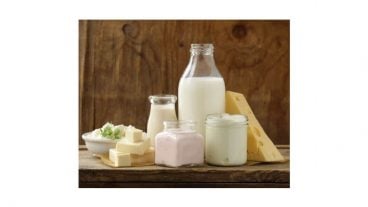
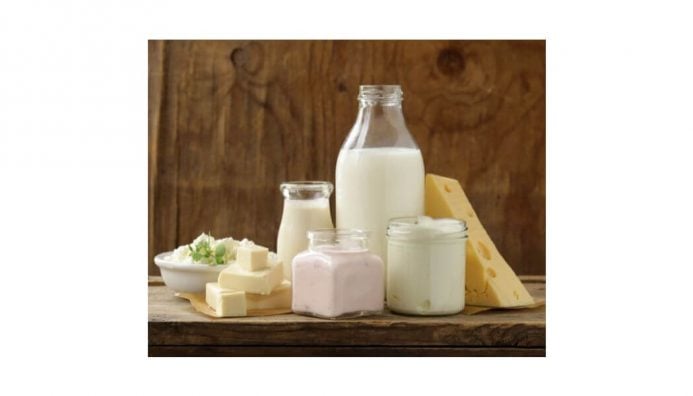
I thought it would be interesting to ask consumers with no daily agriculture experience four questions, and see what they really have questions and concerns with.
Read More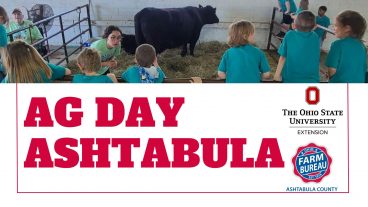
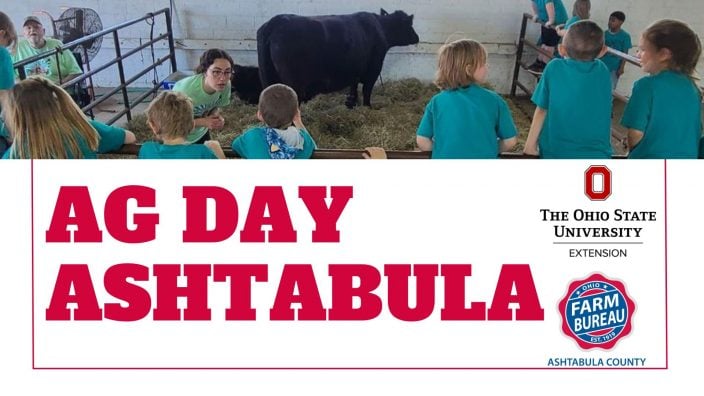
The Ag Day program May 10, 2024 is NOT open to the public. In order to volunteer, you MUST be registered. 300 volunteers are needed.
Read More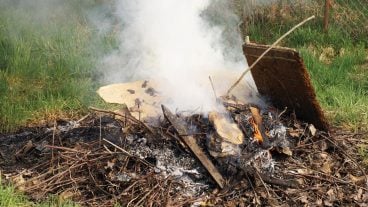
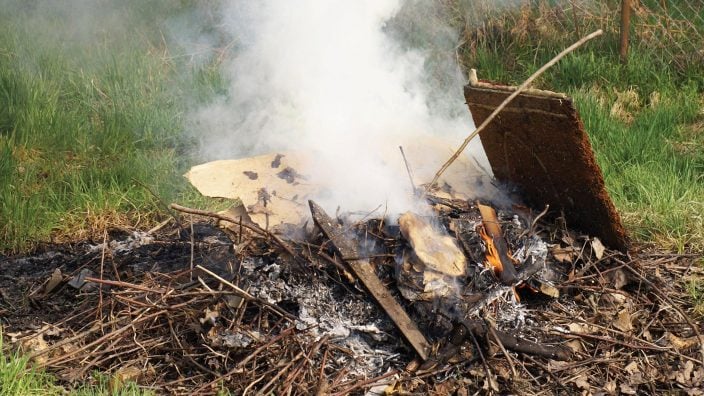
Understand the rules, restrictions around open burning in Ohio.
Read More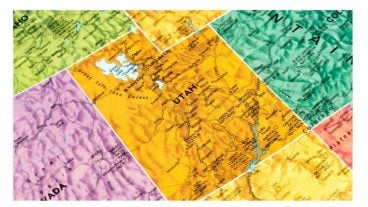
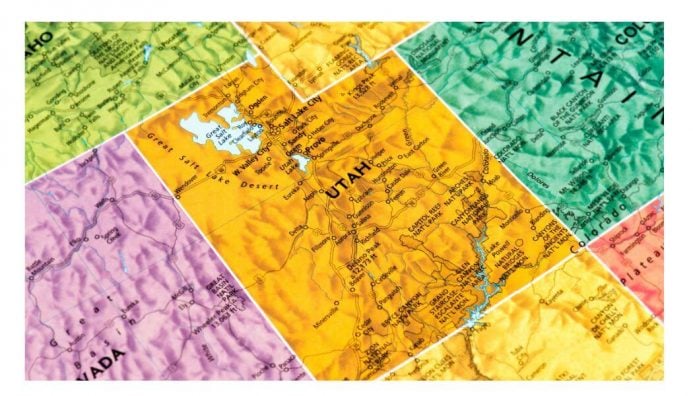
Utah’s diverse agricultural production contributes about $1.8 billion to the state’s economy every year.
Read More

Whether it’s getting involved in local boards or sharing our voices on national platforms, we all have a role to play in safeguarding the future of agriculture.
Read More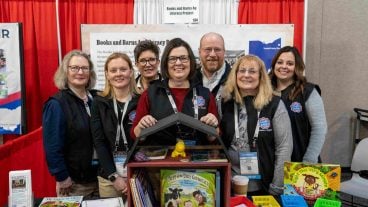
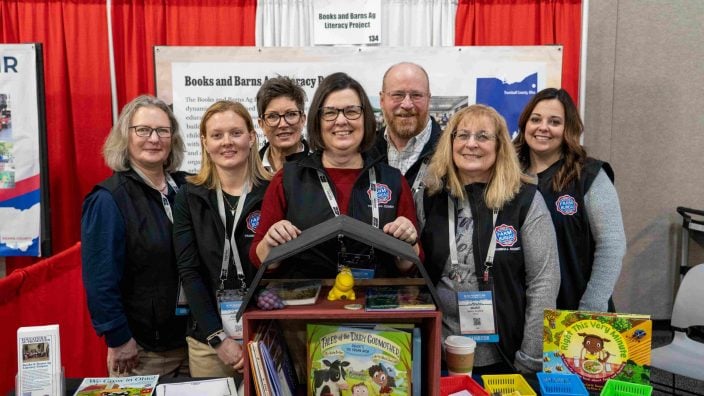
Our project was in agriculture literacy and made a huge impact on our local community, but even further abroad.
Read More